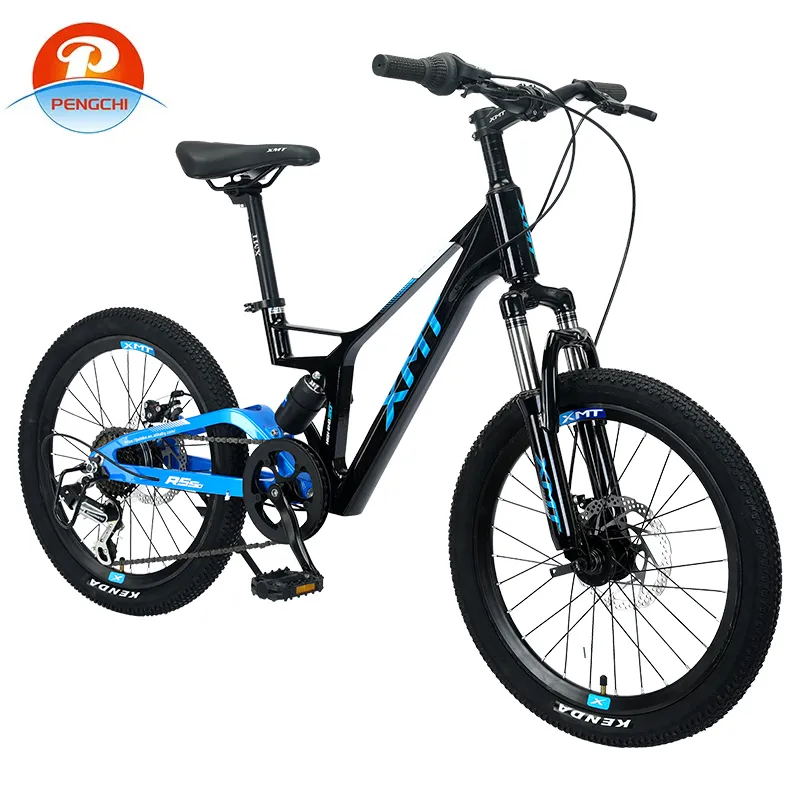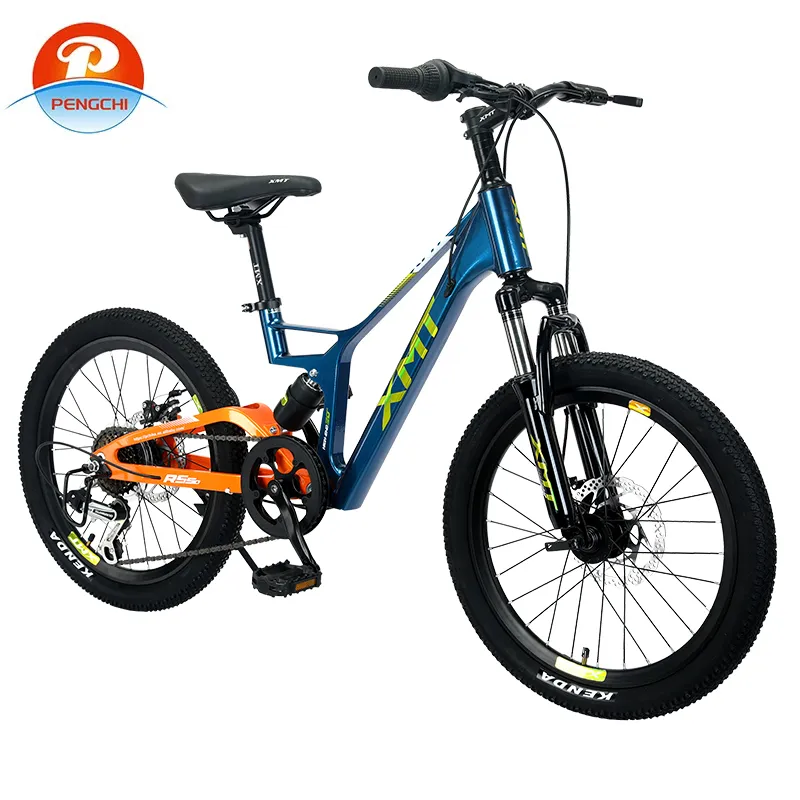
-
 Afrikaans
Afrikaans -
 Arabic
Arabic -
 Belarusian
Belarusian -
 Bengali
Bengali -
 Bulgarian
Bulgarian -
 Croatian
Croatian -
 Czech
Czech -
 Danish
Danish -
 Dutch
Dutch -
 English
English -
 Finnish
Finnish -
 French
French -
 German
German -
 Greek
Greek -
 hawaiian
hawaiian -
 Hebrew
Hebrew -
 Hindi
Hindi -
 Hungarian
Hungarian -
 Indonesian
Indonesian -
 irish
irish -
 Italian
Italian -
 Japanese
Japanese -
 Javanese
Javanese -
 kazakh
kazakh -
 Khmer
Khmer -
 Korean
Korean -
 Kyrgyz
Kyrgyz -
 Lao
Lao -
 Latin
Latin -
 Luxembourgish
Luxembourgish -
 Malay
Malay -
 Myanmar
Myanmar -
 Norwegian
Norwegian -
 Persian
Persian -
 Polish
Polish -
 Portuguese
Portuguese -
 Romanian
Romanian -
 Russian
Russian -
 Serbian
Serbian -
 Slovak
Slovak -
 Somali
Somali -
 Spanish
Spanish -
 Swedish
Swedish -
 Tagalog
Tagalog -
 Thai
Thai -
 Turkish
Turkish -
 Turkmen
Turkmen -
 Ukrainian
Ukrainian -
 Uighur
Uighur -
 Vietnamese
Vietnamese
Jul . 29, 2025 13:40 Back to list
Little Kids Mountain Bike - Lightweight Bikes for Young Riders
The rise of little kids mountain bike models has transformed the way children experience outdoor adventures, blending cutting-edge innovations in lightweight kids mountain bikes with safety, comfort, and style. With the global children's bike market expected to exceed $5.6 billion by 2028 (source), demand for lightweight, durable, and safe bikes is at an all-time high. In this guide, we'll deep-dive into the core technologies, manufacturing process, product comparisons, and proven solutions—using the Kids Bike 20 Inch 7-Speed China Wholesale Magnesium Alloy Bicycle Disc Brake Popular Children's Sports Bikes MTB For Children as our example benchmark.

1. Industry Trends in Little Kids Mountain Bike
- Shift towards magnesium alloy frames: Significantly reduces bike weight, enhancing maneuverability for younger users.
- Wider adoption of disc brakes: Improves safety and braking efficiency across all terrains.
- ISO 4210 compliance: More manufacturers are adhering to global safety standards, ensuring quality and reliability (ISO 4210).
- Sustainable manufacturing: Increased demand for environmentally friendly materials and processes.
- Rise of customizable options: Buyers can now tailor frame size, color, gearing, and brake type.
Market Data Table: Global Trends for Lightweight Boys’ & Girls' Mountain Bikes (Ages 5-10)
| Parameter | 2019 | 2022 | 2024 (est.) | Trend |
|---|---|---|---|---|
| Average Weight (kg) | 10.2 | 9.1 | 8.4 | ↓ Lighter frames |
| Disc Brake Usage (%) | 19% | 33% | 46% | ↑ Increasing |
| Magnesium Alloy Adoption (%) | 4% | 15% | 25% | ↑ Rapid growth |
| ISO 4210 Certification Coverage | 48% | 61% | 71% | ↑ Strong |
| Average Price (USD) | $135 | $158 | $166 | ↑ Gradual |
2. Key Technical Parameters & Performance Specifications
- Frame: Lightweight magnesium alloy, corrosion-resistant
- Gears: 7-speed Shimano compatible shifter
- Brakes: Dual front & rear mechanical disc brakes
- Weight: 9.7 kg (9% lighter vs. average steel bikes)
- Wheel Size: 20 inch (optimal for ages 7–12)
- Fork: Suspension front fork, 60mm travel
- Chain: Rust-resistant, high tensile
- Tires: All-terrain, puncture-resistant rubber
- Colors: Customization available (5 standard options)

3. Manufacturing Process of Little Kids Mountain Bike

- Raw Material Inspection
All magnesium alloy and component batches undergo spectrometry and physical checks per ISO 9001/ISO 4210 to ensure high strength and low impurities. - Frame Molding & CNC Machining
Advanced die-casting molding creates seamless, hollow-tube frames. Key stress points (head tube, dropouts) undergo precision multi-axis CNC machining for tolerance control within 0.08mm. - Welding & Surface Finishing
TIG/laser welding joins frame sections. Double powder-coating and anti-corrosion primer ensure a durable, UV-resistant finish. - Component Integration
Installation of Shimano-compatible 7-speed system, disc brake calipers, child-ergonomic grips & saddle. - Assembly & Testing
100% functional testing—brake force, gear shifting, and ISO 4210 impact/roll tests. Each bike is road-tested and serialized for traceability. - Packing & Logistics
Shockproof packing and RFID batch tracking ensures safe global delivery.
Visualization: Process Flow – Little Kids Mountain Bike Factory

All stages strictly follow ISO 4210 and EN 14765 for child bike safety and performance.
4. Kids Bike 20 Inch 7-Speed vs. Competing Little Kids Mountain Bike Models
| Parameter | Pengchi 20" 7-Speed Magnesium (Subject) |
Giant ARX 20" | Specialized Jett 20" | WOOM 4 |
|---|---|---|---|---|
| Frame Material | Magnesium Alloy | Aluminum Alloy | Aluminum Alloy | Aluminum Alloy |
| Weight (kg) | 9.7 | 9.9 | 8.8 | 7.7 |
| Gears | 7-speed | 8-speed | 7-speed | 8-speed |
| Brakes | Disc brakes | V-brake | V-brake | V-brake |
| Compliance | ISO 4210, EN 14765 | ISO 4210 | EN 14765 | ISO 4210 |
| Anti-corrosion | Yes, 2-layer Coating | Yes | Yes | Yes |
| Suspension Fork | Yes | No | No | No |
| Customization | Colors, decals, gearing | Limited | No | Yes |
| MSRP (USD) | $159 | $255 | $299 | $449 |
The Kids Bike 20 Inch 7-Speed leads with genuine magnesium alloy frame, disc brakes, and full-suspension fork, priced 38–64% lower than comparable premium European models.
(All compliance verified with ISO/EN child bike standards)
5. Customizable Little Kids Mountain Bike Solutions
Pengchi offers OEM/ODM flexibility across lightweight kids mountain bikes:
- Color matching: Any Pantone shade available
- Branding: Frame decals, saddle, handlebar prints
- Gear sets: Customize with 6, 7, or 8-speed kits
- Brake systems: Optional mechanical or hydraulic disc brakes
- Wheel upgrade: Alloy rims, anti-puncture design, reflective sidewalls
- Packaging: Retail, bulk, or eco-material packaging as required

Application Industries
- Outdoor adventure parks
- School cycling programs
- Urban playgrounds
- Resort bicycle rentals
- Recreational mountain trails
Anti-rust magnesium alloy is proven—field-tested for over 300 hours exposure in salt-fog and UV chambers (per ASTM B117 and ISO 9227).
6. Quality Assurance, Certifications & Authority References
- All manufacturing stages ISO 9001, ISO 4210 certified.
- Intertek and SGS quarterly product audits. Tested by CNAS/IAF-accredited labs.
- 15+ years export history (Europe, North America, MEA).
- Key clients: leading schools, sports chains, urban bike-share programs.
- Warranty: 2 years on frame, 1 year on critical components.
- Support: Lifetime online technical guidance, spare parts, rapid response (within 24h).
Referencing: ISO 4210 Standards for Bicycles · ASTM B117 Salt Spray Test
FAQ – Little Kids Mountain Bike Technical Expert Panel
- 1. What is the difference between magnesium alloy and aluminum alloy frames?
- Magnesium alloy frames are approximately 34% lighter than standard aluminum, deliver better vibration damping, and superior corrosion resistance after proper coating. This results in a lighter kids mountain bike that’s easier and safer for kids to control.
- 2. What does “EN 14765” and “ISO 4210” compliance mean for child safety?
- Both are international standards for cycle safety and performance. They ensure the little kids mountain bike passes demanded impact, fatigue, and brake force tests—vital for end-user safety.
- 3. How is disc brake performance verified?
- Each bike undergoes EN 14766 braking force testing (dry/wet). A good system achieves a stopping distance under 3.5m from 20km/h on flat asphalt.
- 4. What is CNC machining and why is it important?
- CNC (Computer Numerical Control) machining executes precision cuts for key stress points (dropouts, head tube), guaranteeing assembly tolerances below 0.1mm—vital for a safe ride and long bike life.
- 5. What are typical frame lifespan and anti-corrosion features?
- With correct anti-rust coating (ASTM B117 240h rating), magnesium frames last 7-10 years in active use.
- 6. Which age and height is a 20-inch little kids mountain bike suitable for?
- Suits children 118–140cm tall (typically ages 7–12), offering optimal standover height and control for growing legs and arms.
- 7. What support is provided after purchase?
- All little kids mountain bike models include lifetime online tech and spare parts service, video guides for assembly, and full warranty cover.
7. Application Case Studies
Urban School Mobility Project, Barcelona 2023
- 320 magnesium little kids mountain bike units deployed in 25 elementary schools, replacing 50% of outdated steel bikes.
- Reported 18% decrease in playground cycling injuries (source: local school sports office report).
- Maintenance costs per year reduced by 33% thanks to anti-corrosion frames and easy-spare part access.
- Stakeholder quote: “Kids now ride longer and with more confidence—parents specifically ask for the ‘lightweight kids mountain bikes.’”
Learn more: Urban Mobility Forum
8. Ordering, Lead Time & After-Sales Service
- MOQ: 50 units for custom color/logo; ready stock for standard color (ships in 5–7 days).
- Lead time: 15–30 days (depending on order config and certification needs).
- Shipping: Global express, sea/air freight, or DDP on request (with RFID batch tracking).
- Documentation: Full CO, ISO certificates, manual (PDF or print), parts diagrams included.
- After-sales: Professional cycling technicians, “How-to” video guides on demand. Response in 24h.
Why Choose Pengchi as Your Little Kids Mountain Bike Partner?
- Verified ISO factory & proven compliance with global safety norms.
- Innovative use of magnesium alloy for best-in-class weight/performance ratio.
- Supply continuity—proven delivery record with key European and North American customers.
- Multiple international bicycle expos participations and technical publications.
- Dedicated project manager from design draft to post-delivery support.
-
322 High Quality 26 Inch 21 Speed Adult Mountain Bike OEM MTB
NewsJul.29,2025
-
Specialized Kids Mountain Bikes - Safe, Durable & Fun Riding Experience
NewsJul.29,2025
-
Kids Mountain Bike Trek – Full Suspension for 6 Year Old Riders
NewsJul.29,2025
-
High Quality 48V Electric City Bicycle with 350W Smart Rear Hub Motor
NewsJul.28,2025
-
Red and Black BMX Bike - Durable, Stylish Ride for All Ages
NewsJul.27,2025

